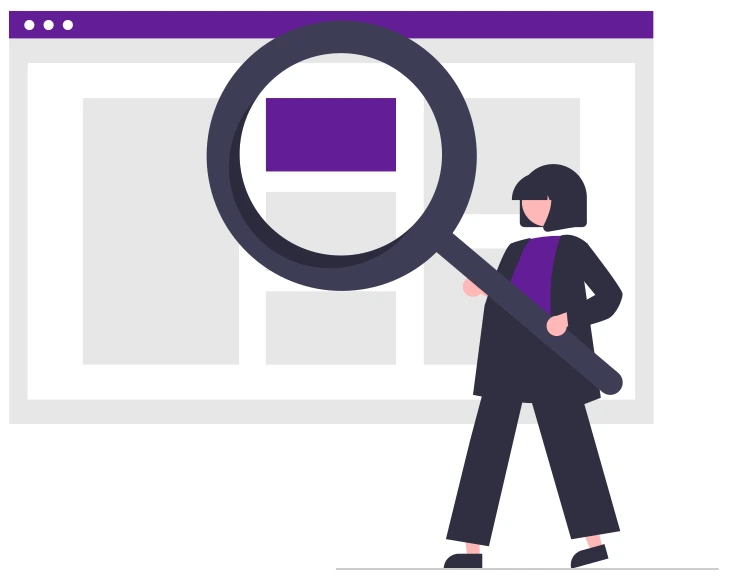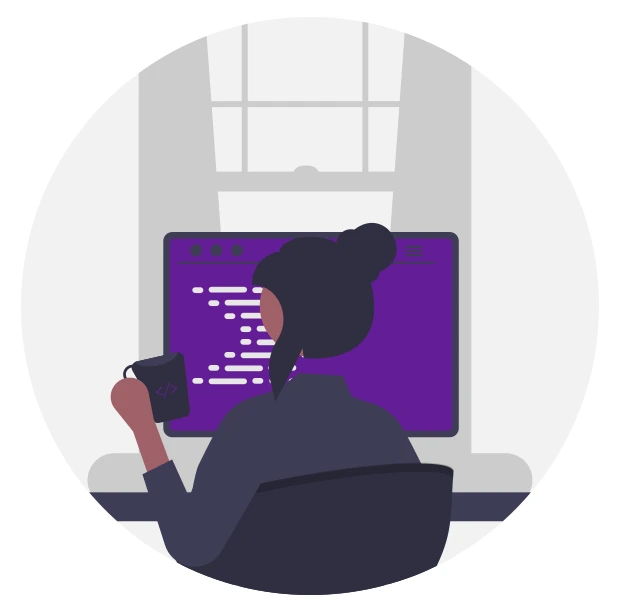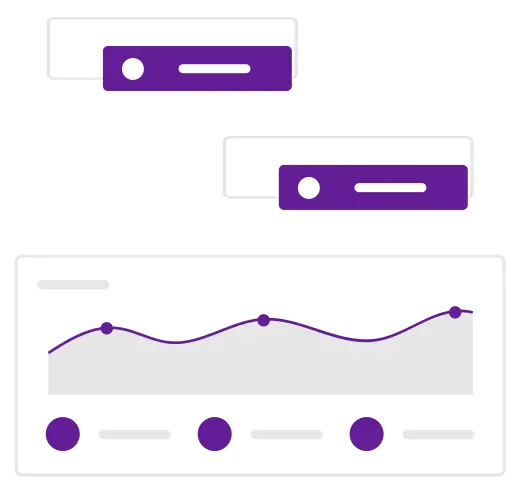SERVICES
Information Security Services:
The services needed for the IT infrastructure are a group of practices and methodologies. methods to prevent unauthorized users from stealing, misplacing, or destroying private or sensitive data. Experts oversee the management of services for information security. Information security services are included in general or technical consulting services. As a result, information security consulting services make up a sizeable portion of the information technology (IT) services industry. Along with detecting and resolving their information security challenges, information security consulting services assist firms in recognizing other issues.
Penetration Testing / Vulnerability Assessment
The objectives of the RAZZ SECURITY exam are centered on pen testing and vulnerability assessment. The most recent pen testing methodologies and best practices for functioning in a variety of contexts, including on-premises, cloud, and hybrid networks, are presented. Pen testing online apps, wireless systems, embedded systems, and IoT devices in various scenarios is also one of the goals.
Network Security Assessment
entail conducting assessments using a logical and methodical approach in network, defining the context, and identifying, assessing, and reporting risks connected with any operation, function, or process in a way that will help companies reduce losses brought on by cyberattacks.
Mobile Application Penetration Testing
Mobile penetration testing tests mobile applications/software/mobile operating systems for security vulnerabilities by using either manual or automated techniques to analyze the application. These techniques are used to identify security flaws that may occur in the mobile application. The purpose of penetration testing is to ensure that the mobile application is not vulnerable to attacks.
Web Application Penetration Testing
practice of simulating attacks on a system in an attempt to gain access to sensitive data, with the purpose of determining whether a system is secure. These attacks are performed either internally or externally on a system, and they help provide information about the target system, identify vulnerabilities within them, and uncover exploits that could actually compromise the system. It is an essential health check of a system that informs testers whether remediation and security measures are needed.
Source Code Review
Source Code Review is the line-by-line assessment of the application codebase so that any security flaws or backdoors left in the coding of the application can be identified and patched at the earliest. Valuementor source code review services help the development teams quick-identify and eradicate potential risks before they advance to the application production phase, minimizing exploits.
Cloud Security
Cloud security is the set of strategies and practices for protecting data and applications that are hosted in the cloud. Like cyber security, cloud security is a very broad area, and it is never possible to prevent every variety of attack. However, a well-designed cloud security strategy vastly reduces the risk of cyber attacks.



